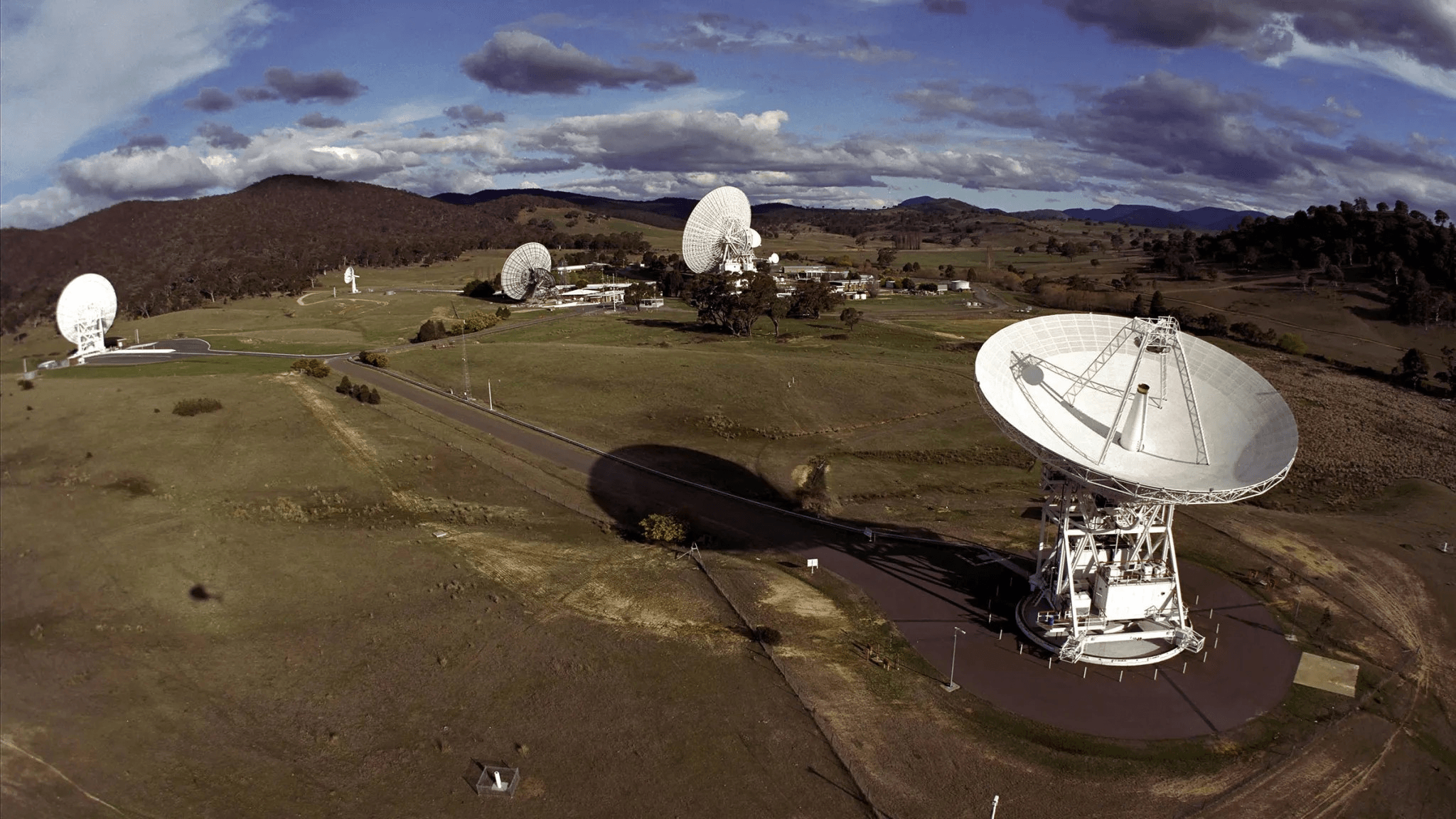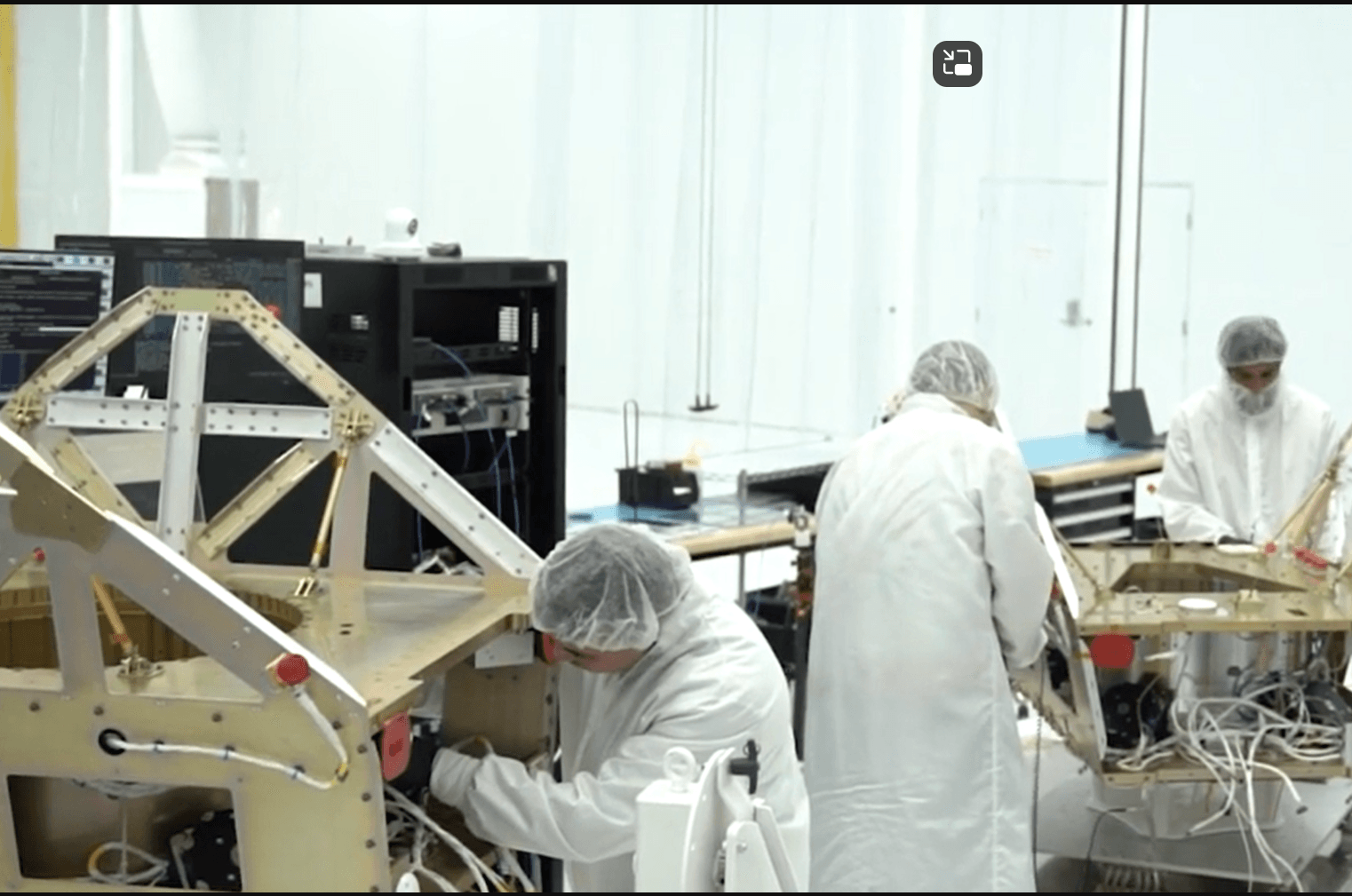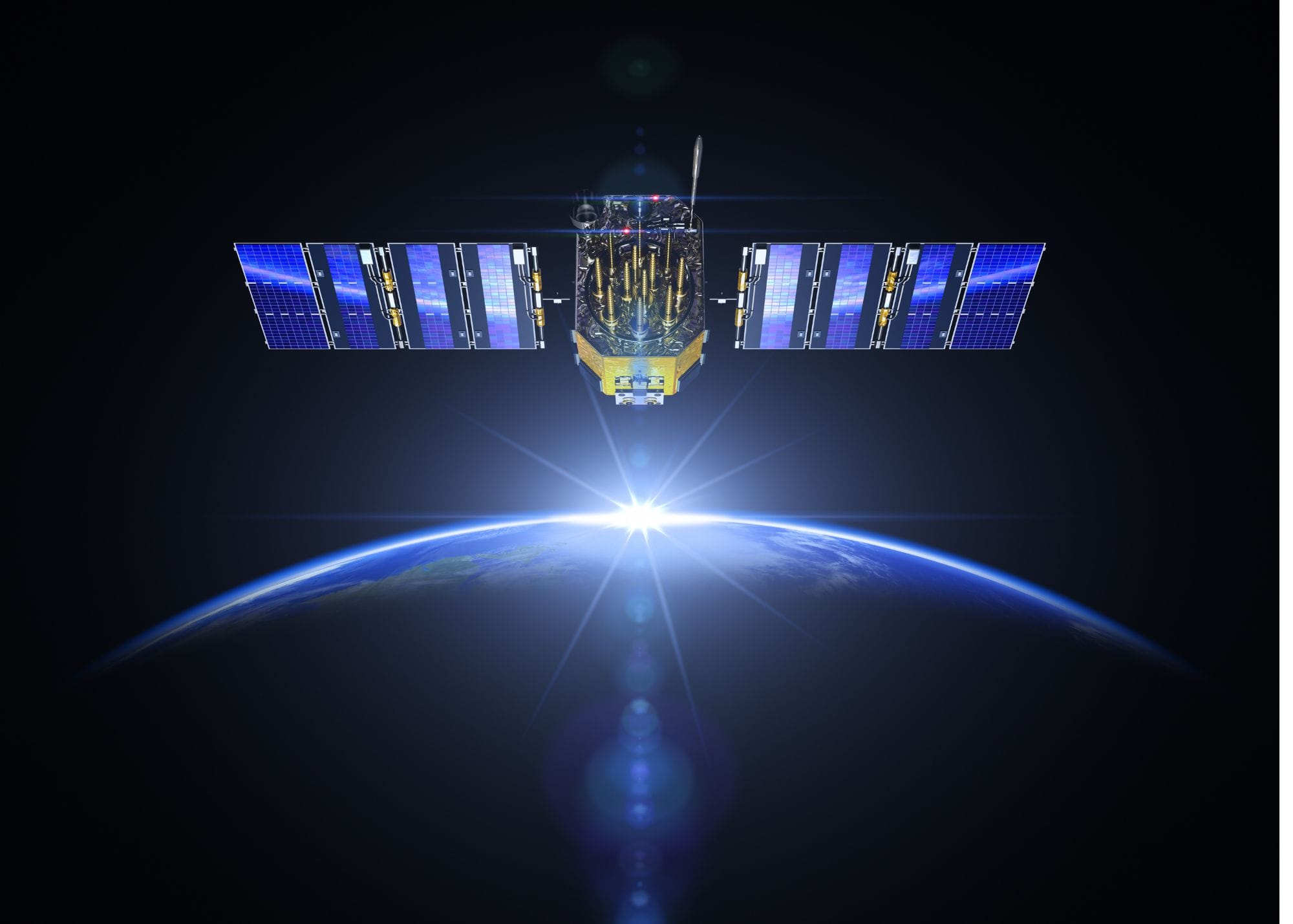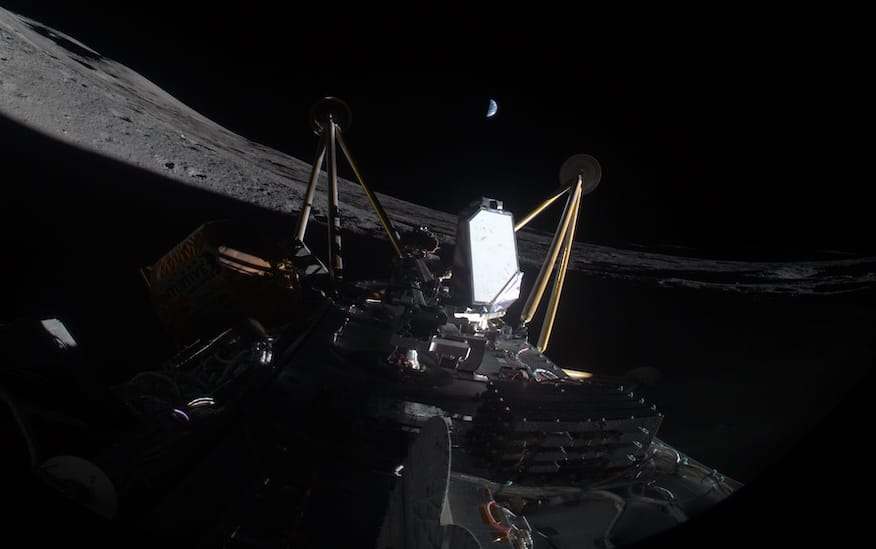In a groundbreaking advancement for satellite communications, the U.S. military has successfully demonstrated a laser communication link between satellites from different manufacturers. This achievement signifies a pivotal moment in the evolution of space-based communication networks, promising enhanced data transmission speeds and improved security for military operations.
Table of Contents
ToggleBackground
Traditional satellite communications have predominantly relied on radio frequency (RF) technologies. While effective, RF communications face limitations such as bandwidth constraints, susceptibility to interference, and potential security vulnerabilities. These challenges have driven the exploration of alternative methods to meet the growing demand for high-speed and secure data transmission.
Laser communication, also known as optical communication, has emerged as a promising solution. Utilizing light to transmit data, laser communications offer significantly higher bandwidth compared to RF systems, enabling faster data rates. Additionally, laser links are less prone to interception and jamming, enhancing the security and reliability of communications—a critical requirement for military applications.
The U.S. Space Force’s Proliferated Warfighter Space Architecture (PWSA) embodies this technological shift. Designed to enhance military communications and missile tracking capabilities, the PWSA aims to deploy a resilient network of satellites in low Earth orbit (LEO). A key component of this architecture is the integration of laser communication links, facilitating rapid and secure data exchange across the satellite constellation.
The Milestone Achievement
In a recent demonstration, satellites manufactured by York Space Systems and SpaceX achieved a successful cross-vendor laser communication link in LEO. This test marks the first instance of such interoperability between satellites from different vendors, underscoring the effectiveness of standardized optical communication protocols.
The demonstration involved a York Space Systems satellite establishing a laser communication link with a SpaceX satellite. Both satellites were equipped with optical communication terminals adhering to standardized protocols, ensuring seamless data exchange despite being produced by different manufacturers. This success validates the Department of Defense’s strategy to enforce open standards for interoperability, a critical factor in building a cohesive and resilient satellite network.
This achievement not only highlights the technological advancements in laser communications but also signifies a strategic shift towards a more integrated and versatile space architecture. By demonstrating the capability for cross-vendor interoperability, the U.S. military moves closer to realizing a unified satellite communications network, enhancing operational flexibility and resilience in contested environments.
Implications and Advantages
The successful demonstration of cross-vendor laser communication links between U.S. military satellites heralds a new era in defense communications, offering several significant benefits:
- Enhanced Data Transmission: Laser communications provide higher bandwidth compared to traditional radio frequency systems, enabling faster and more efficient data transfer.
- Improved Security: The narrow beam divergence of laser links makes them less susceptible to interception and jamming, ensuring more secure communication channels for military operations.
- Interoperability and Flexibility: Achieving cross-vendor compatibility allows for a more versatile and resilient satellite network, reducing dependence on single suppliers and enhancing the system’s adaptability to emerging technologies.
- Cost Efficiency: Implementing standardized optical communication protocols can lead to reduced costs in satellite development and deployment by promoting competition and innovation among multiple vendors.
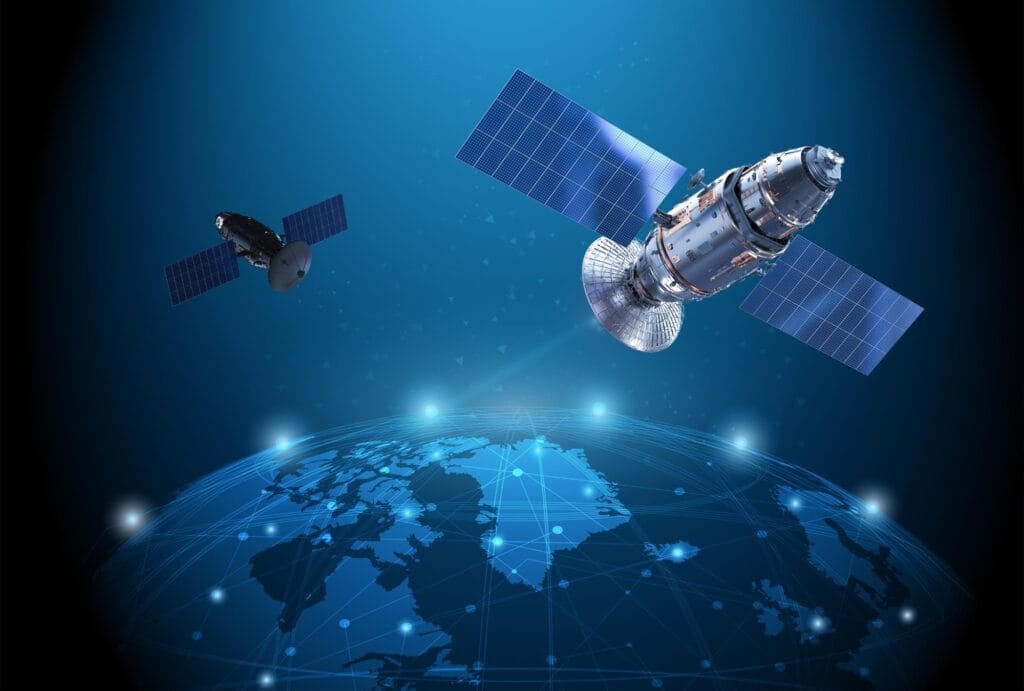
Broader Context and Future Prospects
This milestone aligns with the broader trend of integrating laser communication technologies into both military and commercial satellite systems. The Space Development Agency (SDA) has been at the forefront of this initiative, emphasizing the adoption of open standards for interoperability.
Looking ahead, the deployment of laser communication links is expected to:
- Revolutionize Satellite Networks: Facilitate the development of high-speed, global communication networks capable of supporting data-intensive applications.
- Enhance Military Operations: Provide real-time data sharing and improved situational awareness, crucial for modern defense strategies.
- Drive Commercial Innovation: Encourage the private sector to develop advanced communication technologies, potentially leading to new services and market opportunities.
Challenges and Considerations
Despite the promising advantages, several challenges must be addressed to fully realize the potential of laser satellite communications:
- Technical Hurdles: Developing and maintaining precise alignment between rapidly moving satellites to ensure stable laser links requires advanced tracking and pointing technologies.
- Environmental Factors: Atmospheric conditions, such as clouds and turbulence, can affect laser signal propagation, necessitating robust error correction and adaptive systems.
- Regulatory and Security Concerns: Establishing international standards and protocols to prevent interference and ensure secure communications is essential, particularly in the context of potential adversarial threats.
- Cost and Resource Allocation: Significant investment is required for research, development, and deployment of laser communication systems, posing budgetary and resource challenges.
Addressing these challenges will be crucial for the successful integration of laser communication technologies into future satellite networks, ensuring they meet the rigorous demands of both military and commercial applications.
Conclusion
The successful demonstration of cross-vendor laser communication links between U.S. military satellites marks a significant milestone in the evolution of space-based communications. This achievement not only showcases the potential for enhanced data transmission speeds and improved security but also underscores the importance of interoperability and collaboration among diverse satellite manufacturers.
As the Space Development Agency (SDA) continues to develop the Proliferated Warfighter Space Architecture (PWSA), the integration of laser communication technology is poised to play a pivotal role in creating a resilient and efficient satellite network. The commitment to open standards and cross-vendor compatibility will be instrumental in building a cohesive system capable of meeting the dynamic needs of modern military operations.
Looking forward, the continued advancement and deployment of laser communication systems will be essential in maintaining the United States’ strategic advantage in space. By addressing the challenges and leveraging the advantages of this technology, the U.S. military is well-positioned to enhance its communication capabilities, ensuring secure and rapid data exchange in an increasingly contested and congested space environment.







